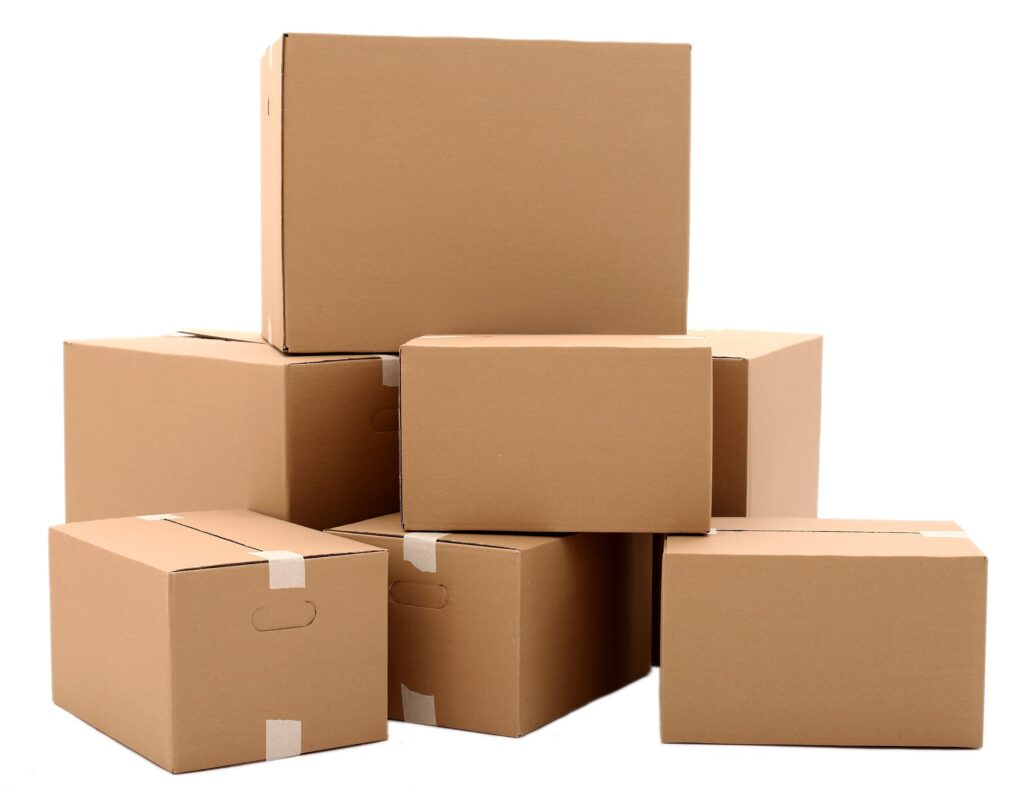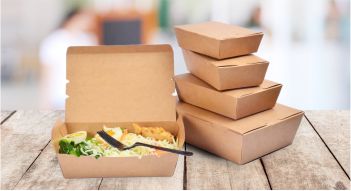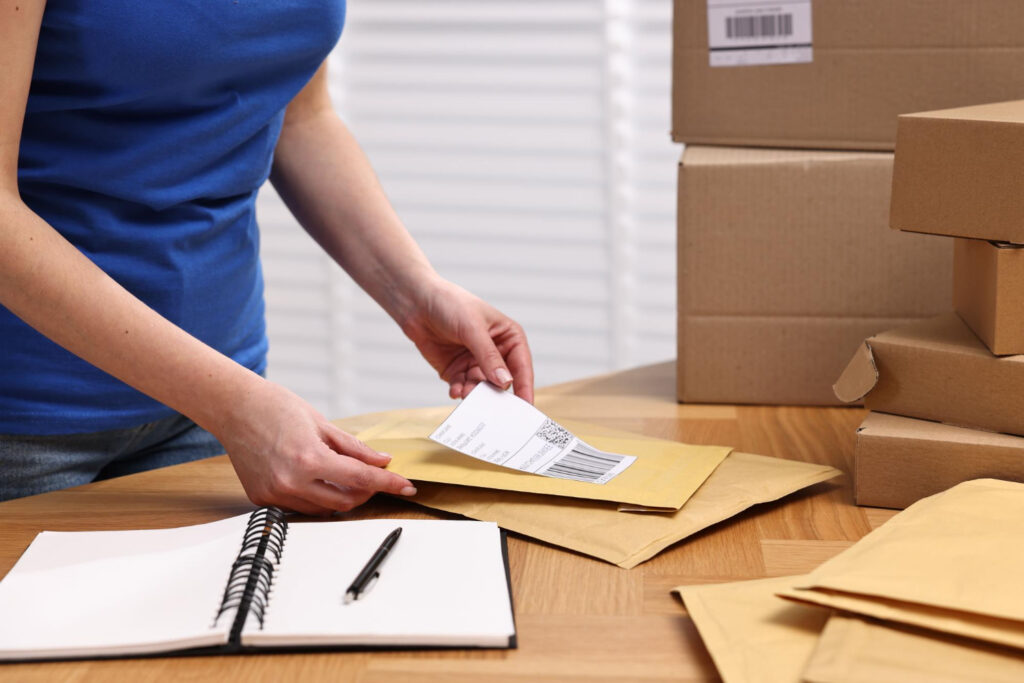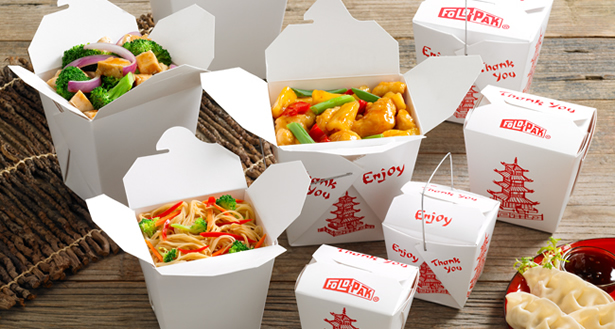Not all boxes are created equal. Some arrive looking sharp and sturdy—others look like they fought a losing battle with a forklift. Every business that ships something learns this the hard way: a box is more than just a container. It’s the last thing you touch before the customer touches your product. And what happens between those two moments says a lot about how prepared you were.
Shipping boxes are often the first thing people underestimate. They look simple, right? Four flaps, a bit of tape, job done. But there’s an entire science behind what makes a box survive the trip. Weight, stacking, temperature, and handling all play a part. What happens to a box in a delivery truck isn’t gentle—it’s more like a boot camp. It’s lifted, squeezed, stacked, and sometimes dropped. If the box isn’t built for that, it’s not going to make it home.

A lot of small businesses try to save money by reusing boxes or buying the lightest ones available. It feels smart at first—until a customer sends a photo of something cracked, bent, or broken. The truth is, a weak box doesn’t just fail once. It fails every time it’s reused, because cardboard fibers lose strength with every trip. A used box might look okay, but it’s already tired. And tired boxes don’t survive long routes.
The right shipping box acts like armor. It doesn’t have to be fancy, but it needs to fit the job. Double-wall boxes hold up better for heavy items or long hauls. Smaller, snug-fitting boxes protect delicate things by keeping them from bouncing around. Choosing the right size can be the difference between a smooth delivery and a product that shows up dented.
The shape of the box also matters more than people realize. A box that bulges from overpacking is already under stress before it even leaves the warehouse. Once it’s stacked under other boxes, that pressure multiplies. By the time it reaches its destination, those corners have softened, and the structure is compromised. The same thing happens with boxes that are too big—too much open space lets the contents move, collide, and damage themselves.
Then there’s the invisible part: moisture. Cardboard doesn’t mix well with rain, humidity, or condensation. Even a little moisture can weaken its fibers and cause the box to sag or tear. That’s why a lot of experienced shippers use liners or wraps to keep boxes dry. A simple barrier against water can prevent a shipment from turning into a soggy mess.

Good shipping boxes don’t just carry products—they carry your reputation. When your package arrives clean, strong, and professional, it tells your customer they can trust you. It shows care, not just in what you sell, but in how you send it. That’s something people remember. It’s the quiet kind of branding that happens without a logo.
A well-chosen box doesn’t cost much more than a weak one, but the difference it makes can be enormous. It saves time, refunds, and frustration. It keeps customers coming back because they know what they get from you shows up right.
In the end, a shipping box’s real value isn’t measured by how much it holds—it’s measured by how well it protects what matters. And the best ones? They do their job so well, nobody ever has to think about them.

















